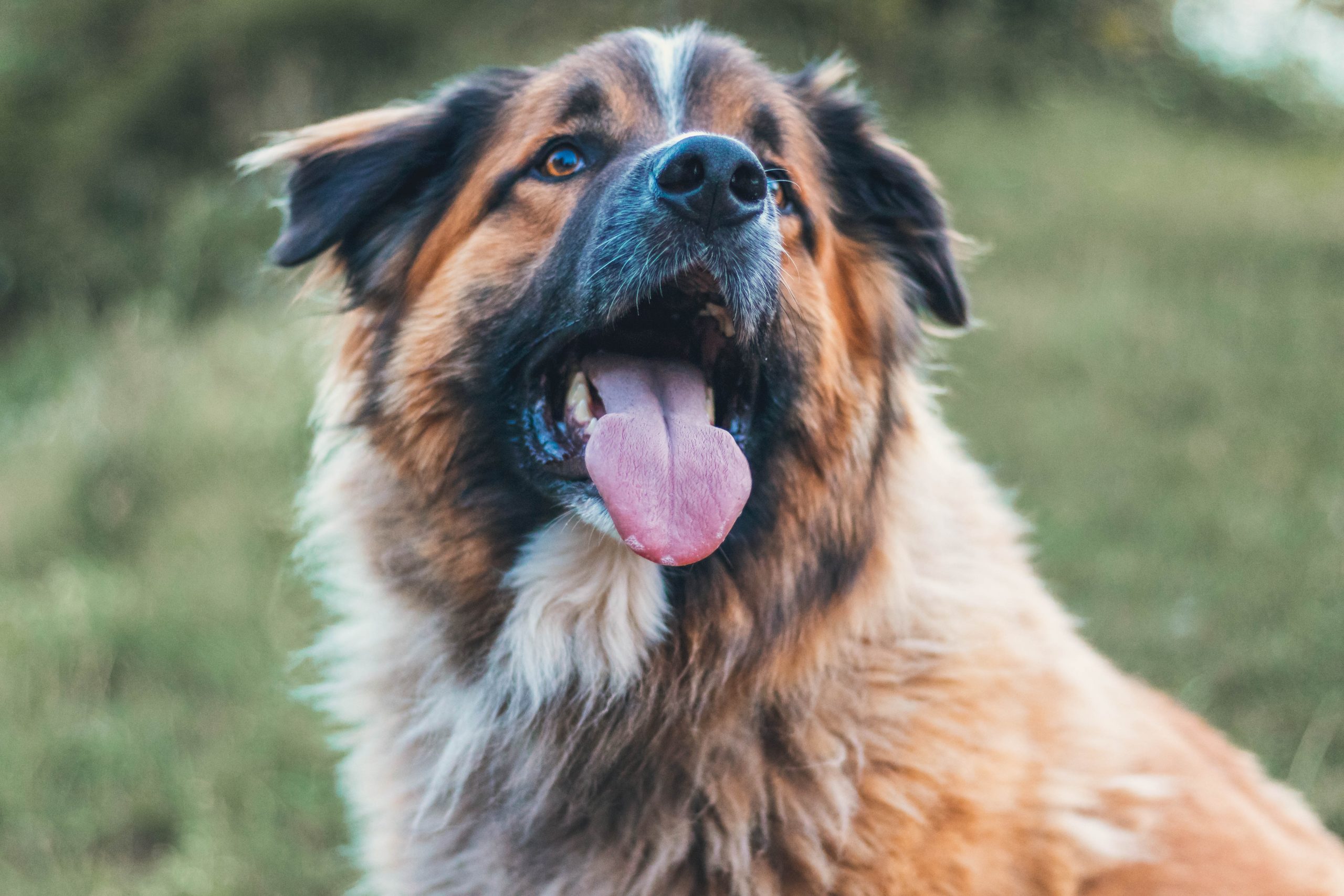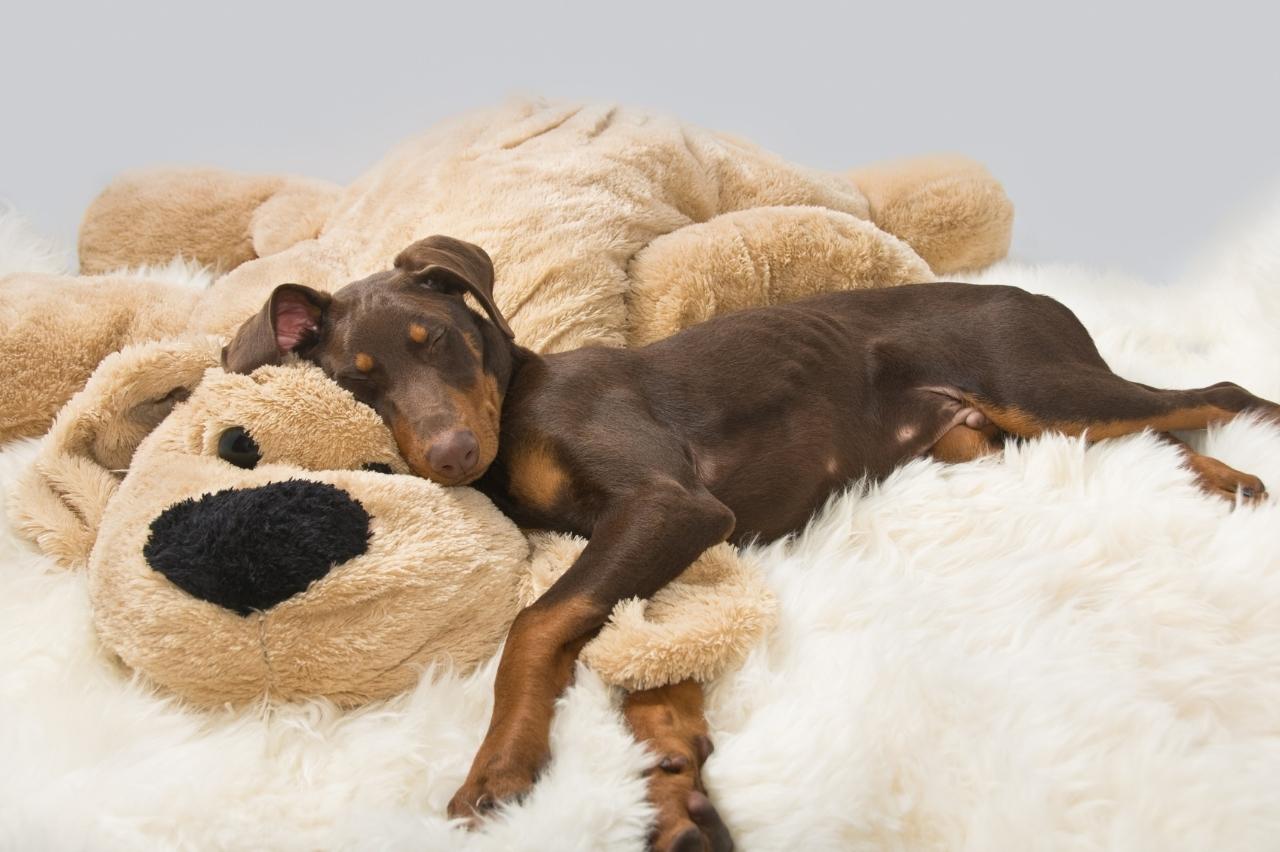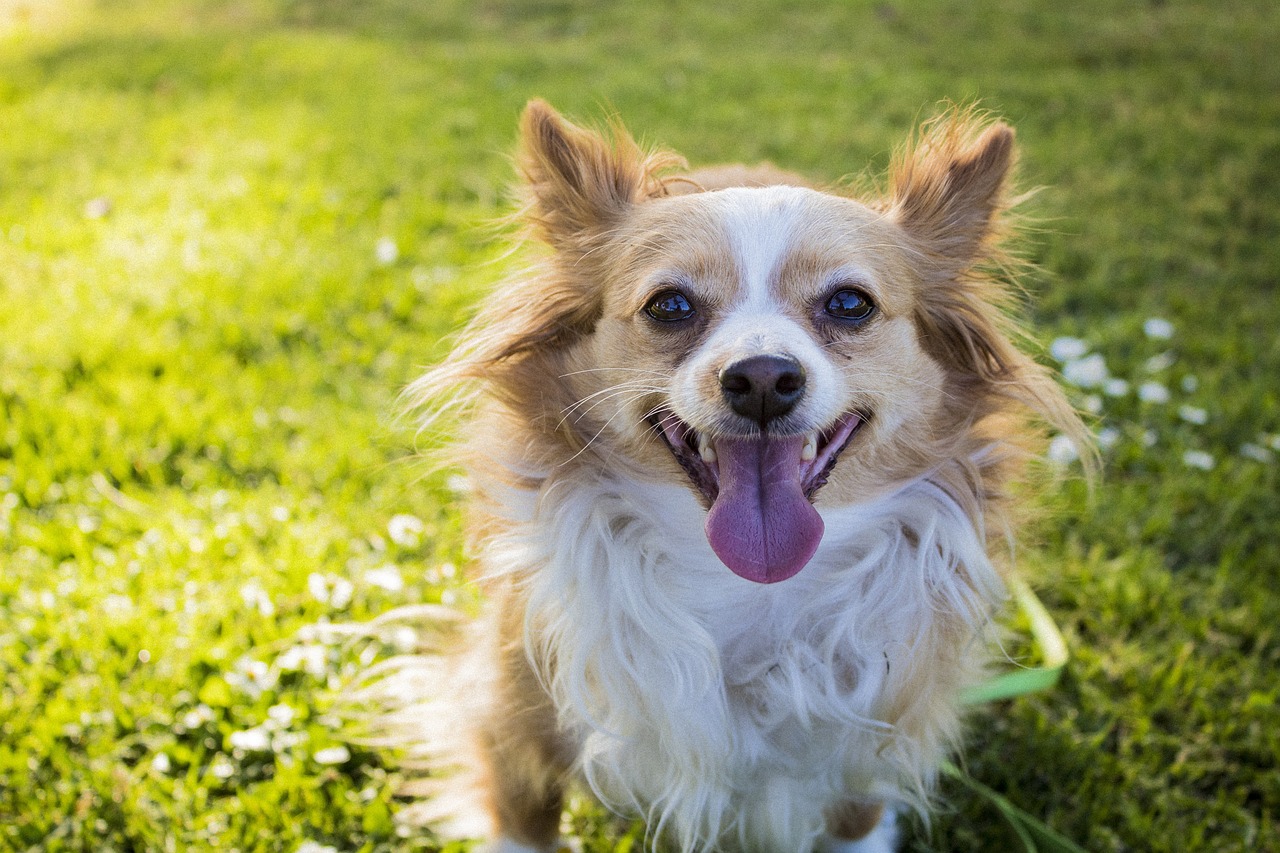 Shutterstock
Shutterstock
If you’ve ever seen your dog spin in tight circles before settling down for a nap, you’re not alone in wondering what kind of bedtime ballet they’re performing. While it might seem like a quirky ritual or an attempt at canine choreography, this spinning routine is deeply rooted in instinct. Passed down from their wild ancestors, the behavior likely helped flatten grass, check for snakes, or simply find the perfect sleeping position. Today, it’s more of a bedtime tradition—adorable, puzzling, and endlessly entertaining to watch.
Instinct from Their Wild Ancestors
 Shutterstock
Shutterstock
Before dogs had plush beds and orthopedic mattresses, they were wild animals sleeping in tall grass, forests, and open landscapes. Circling before lying down helped their ancestors flatten vegetation, clear the area of critters, and create a safe, comfortable sleeping spot. That pre-sleep spin was basically nature’s DIY dog bed. Today’s pampered pups may not need to create nests in the grass, but the instinct remains hardwired. So when your dachshund is turning in circles on a memory foam pillow, just know he’s channeling his inner wolf.
Comfort Optimization
 Shutterstock
Shutterstock
Sometimes the spin is less about instinct and more about good ol’ comfort testing. Dogs are picky sleepers, and a few turns can help them find the perfect sleeping position. Whether they’re fluffing invisible cushions or aligning their spine just right, it’s all part of their internal mattress inspection process. A couple of twirls lets them adjust their limbs, tail, and snoot until everything feels just so. Think of it as doggy feng shui, but with more hair.
Temperature Regulation
 Shutterstock
Shutterstock
Spinning can also help dogs regulate their body temperature before dozing off. In the wild, circling helped dogs flatten snow, grass, or dirt to either warm or cool their bodies. Some dogs may spin to find the warmest part of the bed, while others might twirl until they’re satisfied with the airflow. It’s a built-in thermostat system—powered by paws. So next time your pup’s doing hot laps before nap time, they might just be dialing in their perfect climate zone.
Checking for Safety
 Shutterstock
Shutterstock
Dogs are naturally alert animals, and their pre-sleep routine often includes one last scan of the environment. Spinning gives them a quick panoramic view to make sure there are no threats nearby—real or imagined. Even if the only danger is a squeaky toy or a slipper, this ancient behavior gives them peace of mind. Your living room might be fortress-level safe, but your dog still wants to do their due diligence. After all, who can sleep without one last paranoid spin?
Territory Marking
 Shutterstock
Shutterstock
Believe it or not, spinning might be part of your dog’s claim-staking ritual. Dogs have scent glands in their paws, and circling can help them leave a little “I was here” message in their sleeping area. It’s not unlike fluffing your pillow and arranging the covers—except your dog is also announcing to the universe that this bed is now officially theirs. It’s low-key dramatic, and we fully support it.
Habit and Routine
 Shutterstock
Shutterstock
Dogs thrive on routine, and bedtime rituals are no exception. Spinning before sleep can simply be a habitual behavior that brings them comfort. Like humans who need to fluff a pillow five times or arrange the blankets just right, dogs may find the act of spinning soothing and familiar. It signals to their brain that it’s time to settle down, relax, and enter sleep mode. Call it bedtime yoga for canines—with a lot more spinning and fewer mats.
Anxiety or Excitement
 Shutterstock
Shutterstock
In some cases, especially if the spinning is excessive, it can be a sign of mild anxiety or overstimulation. Dogs who are excited, nervous, or even bored may do a few extra twirls before settling in. It’s their way of burning off residual energy or self-soothing before resting. If the spins are rapid, repetitive, and seem a little frantic, it might be worth checking in with your vet or behaviorist. Or maybe your pup just needs a few more laps to feel fabulous.
Searching for the Perfect Spot
 Shutterstock
Shutterstock
Even with a giant bed available, dogs sometimes spin as if hunting for a better spot, perhaps one millimeter to the left. It’s the same logic behind why people flip their pillows or reposition for the millionth time. Dogs want the best part of the bed, and a few spins help them zero in on it like sleepy Goldilocks. If they circle several times before collapsing with a sigh, congratulations—they found the sweet spot.
Flattening the Surface
 Shutterstock
Shutterstock
Some dogs circle in an attempt to flatten out their bed, blankets, or any lumpy area they find offensive. This behavior comes from their ancestors, who trampled grass or snow to create a smoother sleeping surface. Even if your dog’s lying on a brand-new bed, they might still feel the need to “break it in” with a few stompy, twirly laps. It’s their way of saying, “This bed is lovely, but let me just crush it into perfection.”
Releasing Pent-Up Energy
 Shutterstock
Shutterstock
Dogs with extra energy often use spinning as a way to burn off the final wiggles before winding down. Especially for puppies or high-energy breeds, bedtime spins might just be their last hurrah before they surrender to sleep. One final tornado of paws and tail wags, and then… flop. It’s like watching someone sprint to the couch before collapsing dramatically into a nap. A little drama, a little flair—just the way dogs like it.
It’s Just What Dogs Do
 Shutterstock
Shutterstock
Sometimes the answer is as simple as: because they can. Dogs are quirky creatures, and spinning before sleep might just feel good, serve no major purpose, and exist simply because it’s part of their doggy DNA. It’s one of those things that doesn’t need to make sense—like why they snore louder than humans or why they sleep with their legs in the air. It’s just one more charming, mystifying part of the dog experience.
The Circle Of Zzz’s
 Shutterstock
Shutterstock
Your dog’s nightly circle routine isn’t just adorable—it’s instinct in action. That pre-nap twirlathon may look like a confusing, tail-chasing ritual, but it’s actually their ancient programming kicking in. Long before dog beds and cozy blankets, wild canines would spin to flatten grass, check for critters, and claim their sleeping space. Today, your pup’s version is less about survival and more about comfort and routine. It’s their way of fluffing the invisible pillow, lining up the perfect snooze spot, and waltzing into dreamland with flair and fuzzy determination.

 2 weeks ago
14
2 weeks ago
14


















 English (US) ·
English (US) ·